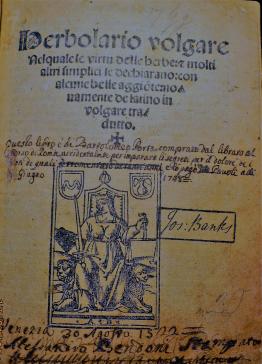It is well known that early vernacular medical texts exercised a huge appeal on lay readers in the early age of print. But we still know very little about the reasons for their success and the popularity achieved by some genres and texts in particular. Moreover, the effects of this printing revolution on the lay culture of health are still unclear.
Relying on notions of plural authorship and multiple readerships, this project aims to develop an unprecedented comprehensive analysis of these books, covering all the different stages of their life course. It considers the book both as text and object, and explores the identity of both its makers and readers as well as their varied reading practices, with the purpose of highlighting how these elements interacted and influenced each other. Did different groups of readers approach the same book with different purposes? Did the physical, visual, and paratextual apparatus of the book appeal to different sets of readers and encourage distinctive uses of the book? What was the impact of the object-book on the popularity and life of a title; how important was authorship?
The study also raises new questions about the effects of vernacular printing on medical culture, challenging the tendency to interpret the role of print in terms of standardization of knowledge. Readers’ annotations of printed books, domestic manuscripts, and family letters, along with sources documenting new forms of lay participation in the medical marketplace, will be used to investigate these issues.

